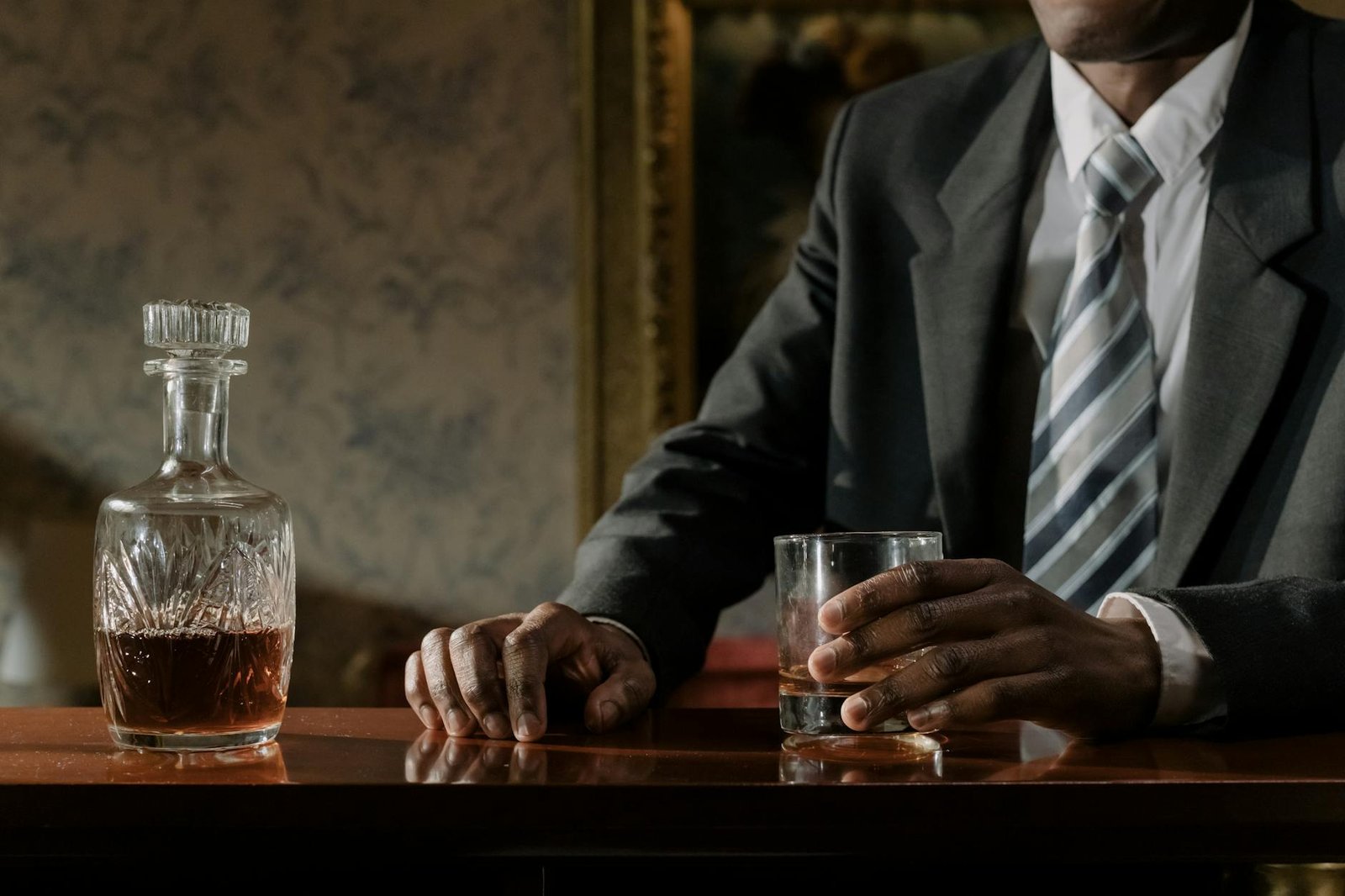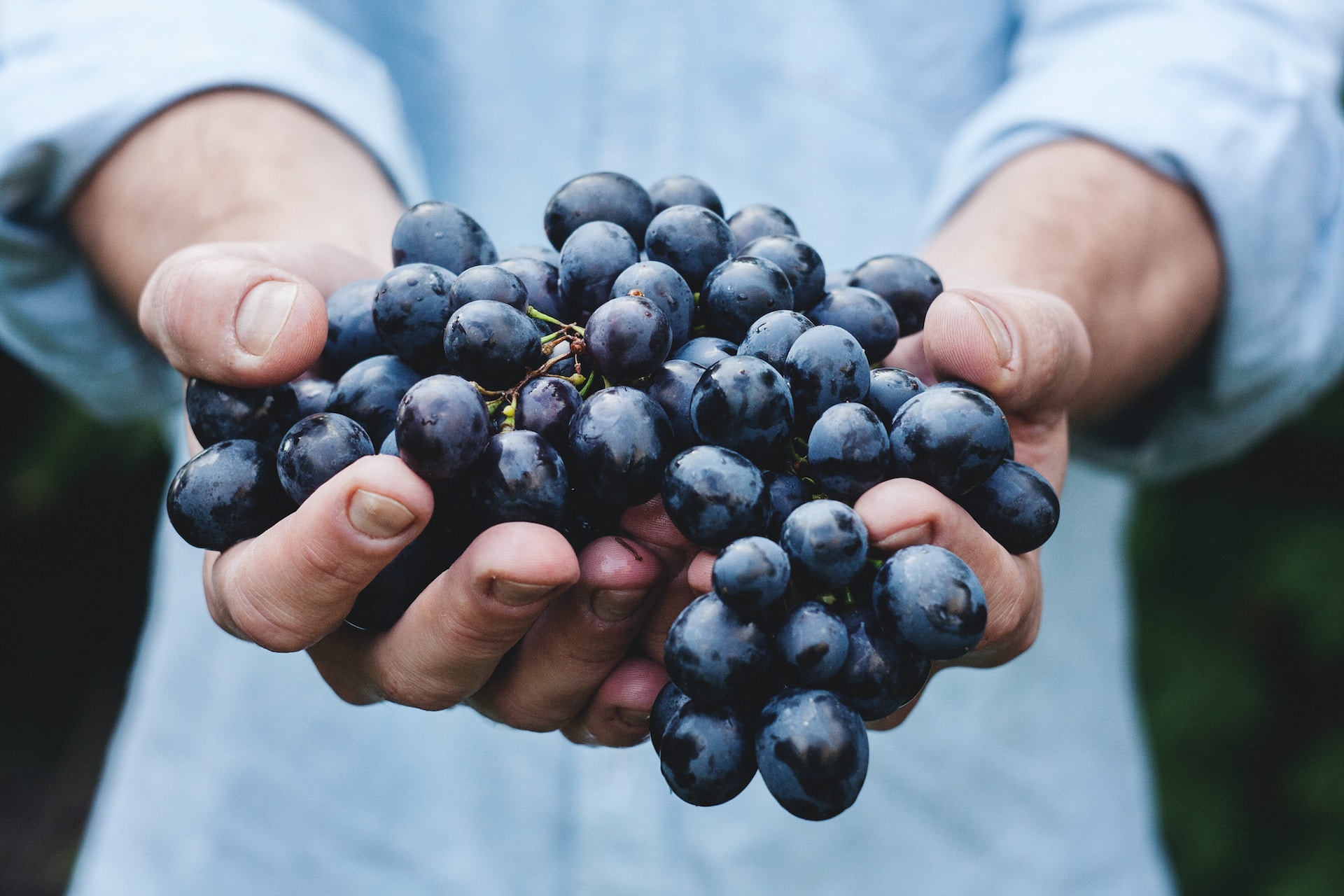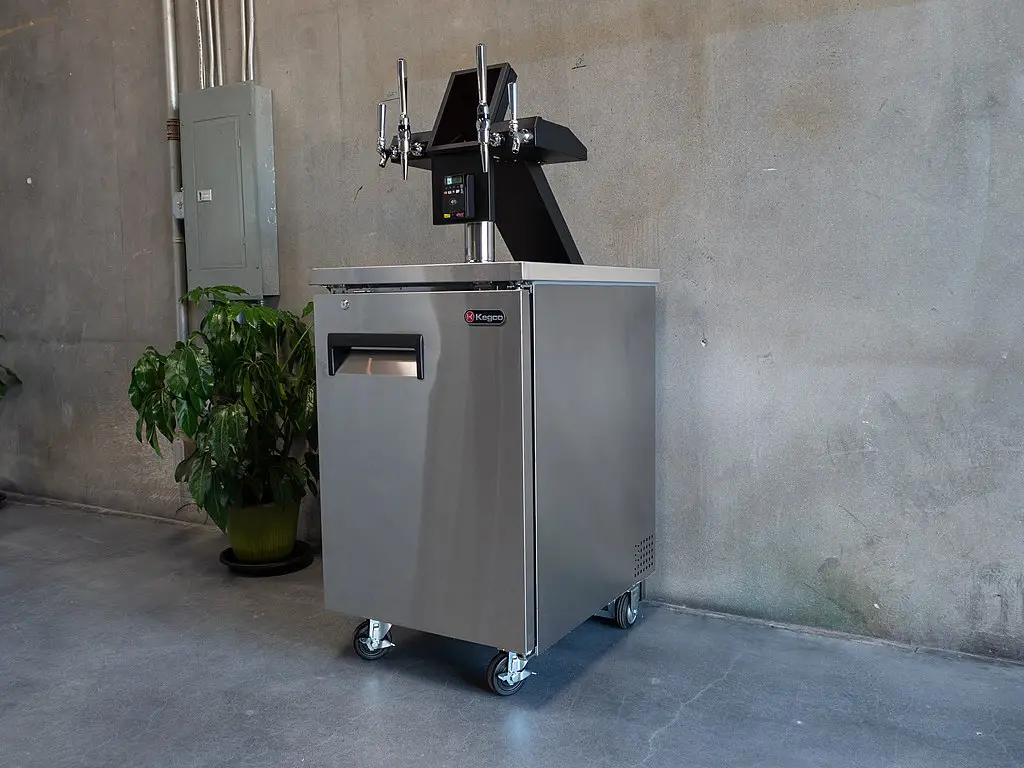When reaching for a glass of bourbon or sipping a smooth brandy, few may pause to consider the rich histories and intricate production processes behind these beloved spirits. Yet, the journey from raw materials to the decadent desserts where they often appear is filled with fascinating details and strict regulations, each influencing the distinct spirits we cherish today. We will explore what is the difference between brandy and bourbon outlining the key differences and unique flavors, guiding you through their production methods, from the aging requirements to the type of wooden barrels used.
Table of Contents
Defining the Spirits
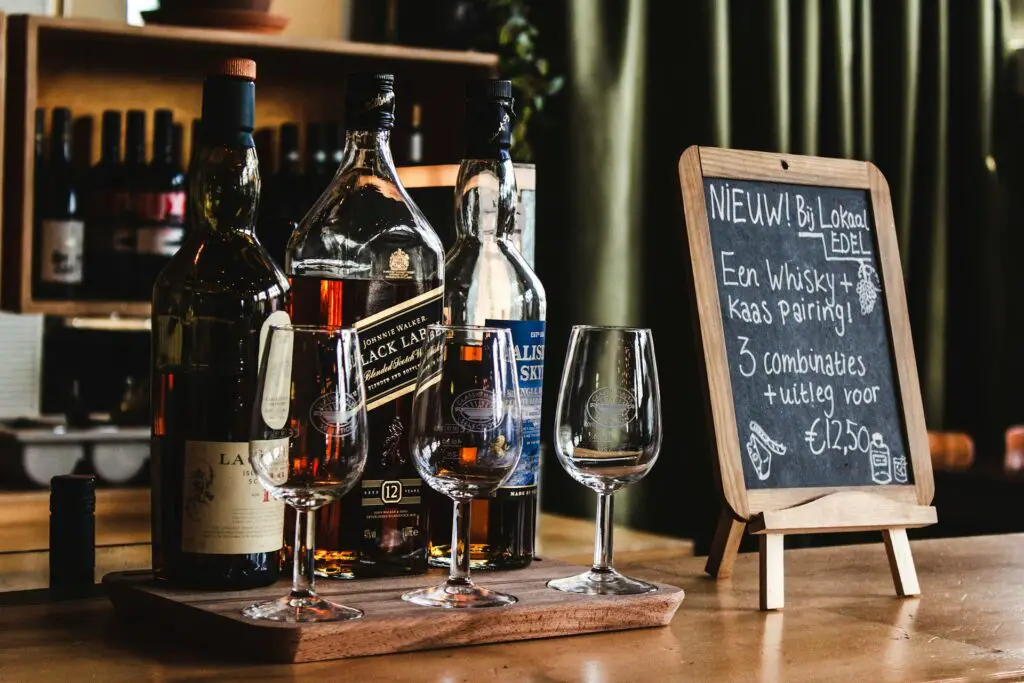
Brandy
Originating from the Dutch word “brandewijn,” meaning burnt wine, brandy is a distilled spirit made primarily from grape-based brandies or other fruit juices. Its production is closely tied to regions renowned for their fruits, such as the Cognac region of France, where the traditional cognac production sets the standard for high-quality brandy worldwide. The distillation of brandy often involves copper pot stills, which enhance its fruity flavors and floral notes, creating a smooth spirit that is as complex as it is versatile.
Bourbon
Bourbon, a quintessential American whiskey, finds its roots deeply embedded in the history of the United States, particularly in Bourbon County. Unlike brandy, bourbon’s main ingredient is a specific type of whiskey grain mash—predominantly corn, with the legal requirement being at least 51% corn. Its production processes, from the mixture of grains to the distillation process in new charred oak barrels, are governed by strict regulations that ensure each bottle of bourbon delivers a signature flavor marked by a sweet taste and a complex flavor profile.
Production Processes
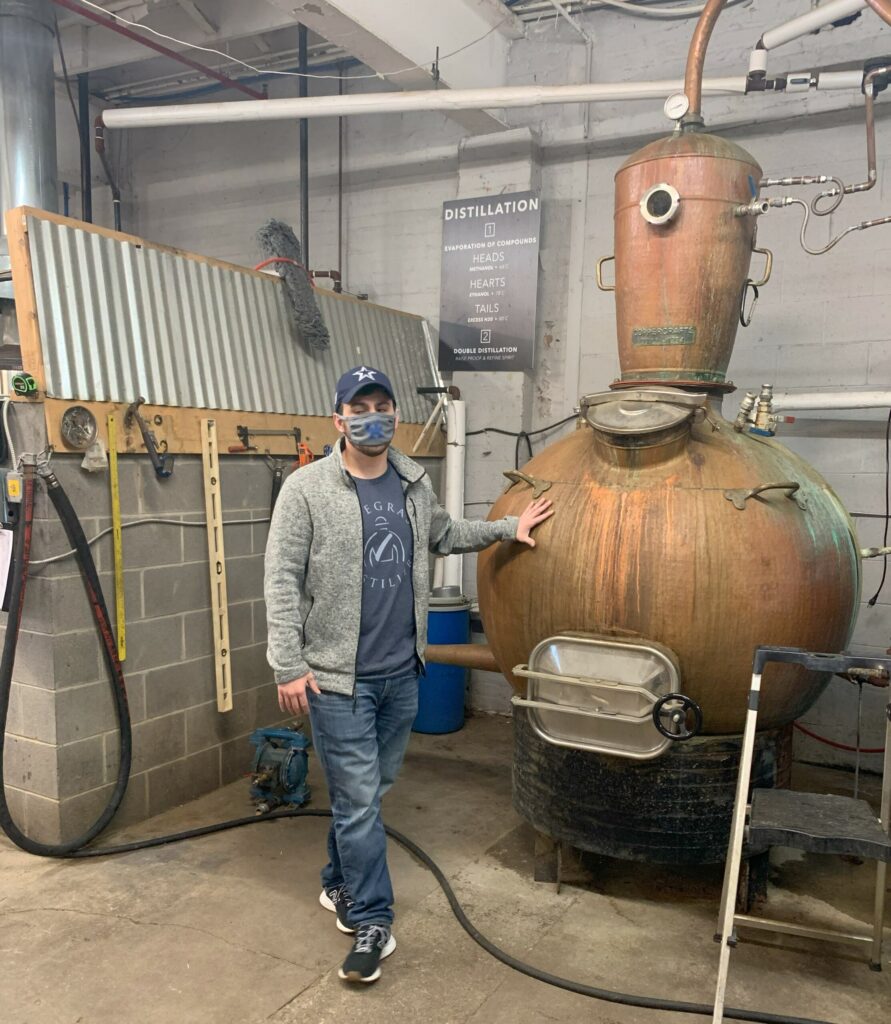
Raw Materials and Fermentation
The first step in the production of both spirits involves selecting the raw materials. For brandy, this typically means choosing the most common fruits like grapes, specifically varieties such as Ugni Blanc or Folle Blanche in the European Union, known for their high acidity and suitability for distillation. The fermentation process of these fruits is crucial, turning their natural sugars into alcohol.
In contrast, bourbon starts with a combination of grains—corn, along with barley, rye, or wheat. This mixture of grains, or mash bill, is fermented using a process similar to that used in beer production, where the sugars are converted into alcohol by yeast. This step is vital in developing the base that will eventually embody the classic bourbon flavor.
Distillation and Aging
Following fermentation, both brandy and bourbon undergo a distillation process. Brandy’s distilled wine is refined in copper pot stills, which help concentrate the alcohol and enhance the delicate, distinct characteristics of the fruit spirit. Meanwhile, bourbon is typically distilled in a column still, which allows for continuous operation and helps achieve the high alcohol content required before aging.
The aging process marks a significant divergence in their production. Brandy can be aged in a variety of wooden barrels, but it commonly matures in French oak barrels, which impart subtle, complex flavors. Bourbon, however, must age in new charred oak barrels, a regulation that contributes to its unique flavors of vanilla, caramel, and spices. This requirement not only differentiates it from different types of whiskey, like Scotch or Irish whiskey, which may reuse barrels but also enhances its distinctive, rich taste profile.
Flavor Profiles and Characteristics
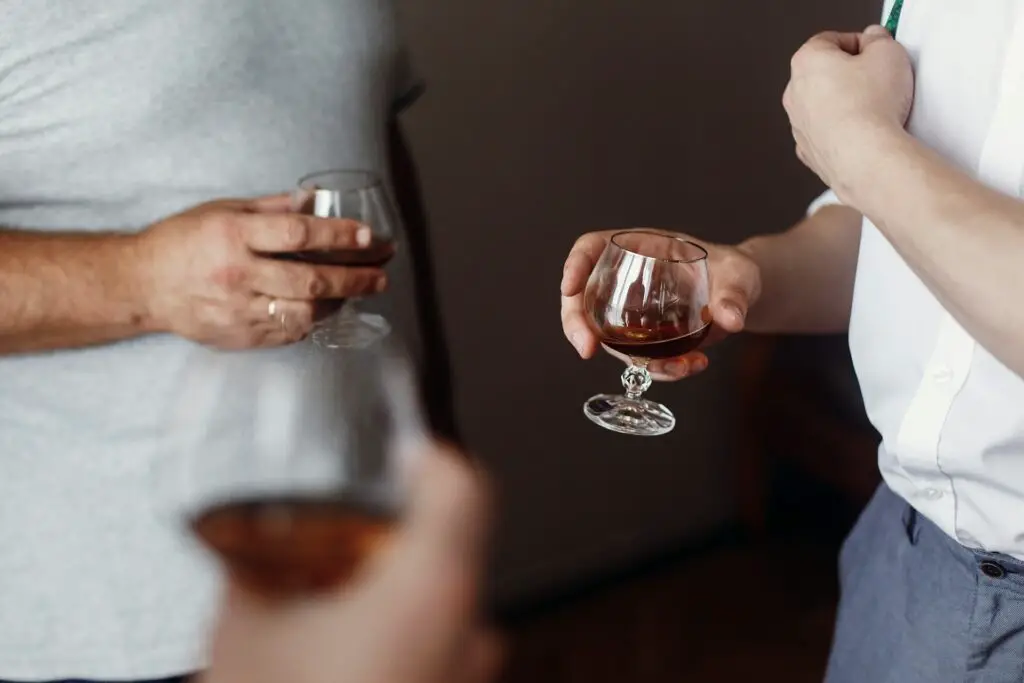
Key Differences in Taste
Brandy and bourbon offer distinctly different flavor profiles, each appealing to the taste buds in unique ways. Brandy, often distilled from wine, carries the essence of its fruit spirit, offering a range of fruity flavors and floral notes. These flavors can vary significantly depending on the fruit used and the region it hails from, offering everything from sweet taste to rich, complex flavors imbued by the fermentation process and the type of barrels used for aging.
Bourbon, known for its deep amber color and rich, decadent flavors, often features notes of vanilla, oak, and caramel. These flavors are the result of its high corn content and aging in new charred oak barrels, which impart a distinctive smokiness and complexity. This complex flavor profile makes bourbon a favorite base for many classic cocktails, like the Old Fashioned and Mint Julep, where its unique flavors are both highlighted and complemented by the addition of simple ingredients.
Distinct Characteristics
The aging process plays a crucial role in defining the distinct characteristics of each spirit. Brandy’s aging can vary from a few years to several decades, allowing producers to create a broad spectrum of spirits from relatively light and smooth to very complex and aged varieties. The type of barrel (often French oak) also contributes to the spirit’s character, adding subtle hints of vanilla, spices, and nuts.
Bourbon, on the other hand, must meet strict regulations, including aging in new charred oak barrels for a minimum period (typically at least two years for straight bourbon whiskey). This not only defines its legal requirements but also enhances its smooth, rich profile. The interaction between the high-alcohol content and the charred wood creates a series of complex chemical reactions that infuse bourbon with its signature flavors, making each sip a reflection of its craft and heritage.
Types and Variations
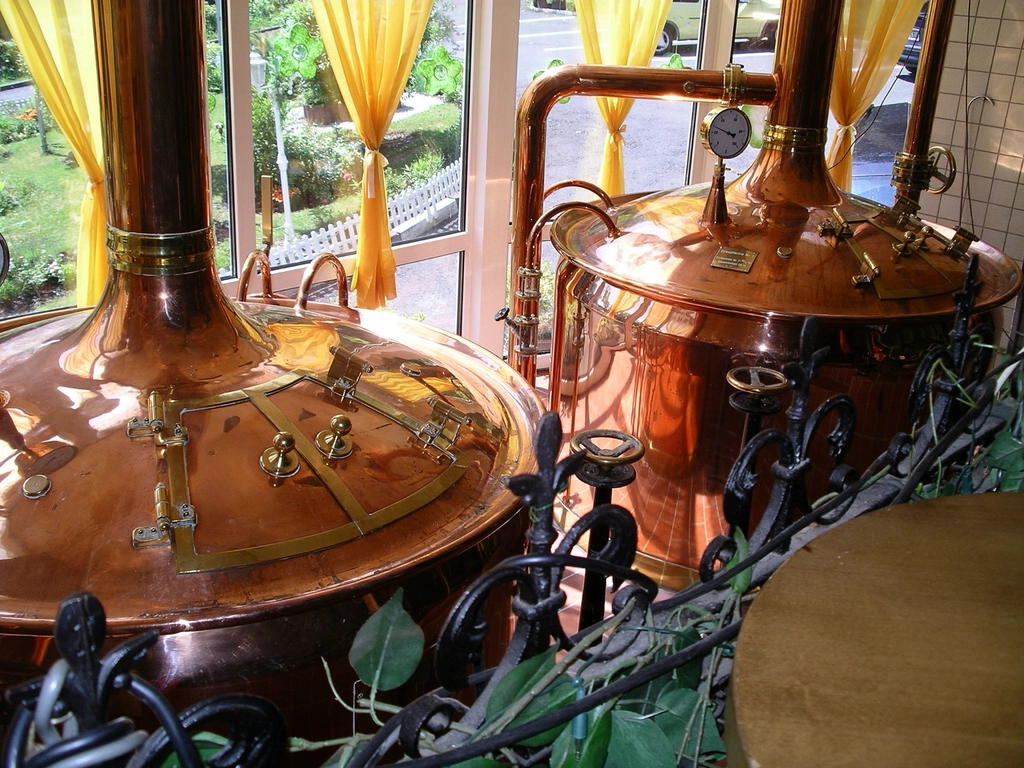
Exploring the World of Spirits
While both brandy and bourbon belong to the broad category of distilled spirits, each encompasses a variety of subtypes with different characteristics. Brandy includes different types of brandy like Cognac and Armagnac, which are distinguished mainly by region and specific production methods. Additionally, the spirit can vary depending on the fruit used, with apple, peach, and even cherry brandies offering different flavor profiles and sweetness levels.
In the bourbon world, variations arise from the different grains used in the mash bill alongside corn. Rye whiskey, for example, uses a significant amount of rye grain and offers a spicier and more robust flavor than the typically sweeter and smoother bourbon. Scotch whiskey and Irish whiskey, while not types of bourbon, are other members of the whiskey family, each with its own distinct production methods, aging requirements, and flavor nuances.
Regional Influences
Their respective regions heavily influence the production of both brandy and bourbon. For brandy, areas like the Cognac region of France and the Champagne region (for specific types of distillates) are renowned for their strict regulations and traditional methods, which have been refined over centuries. Bourbon, closely associated with the Southern United States and particularly Kentucky, is influenced by the local climate, allowing for dynamic aging conditions ideal for developing its rich and full-bodied flavor profile.
Regions Producing the Finest Brandy
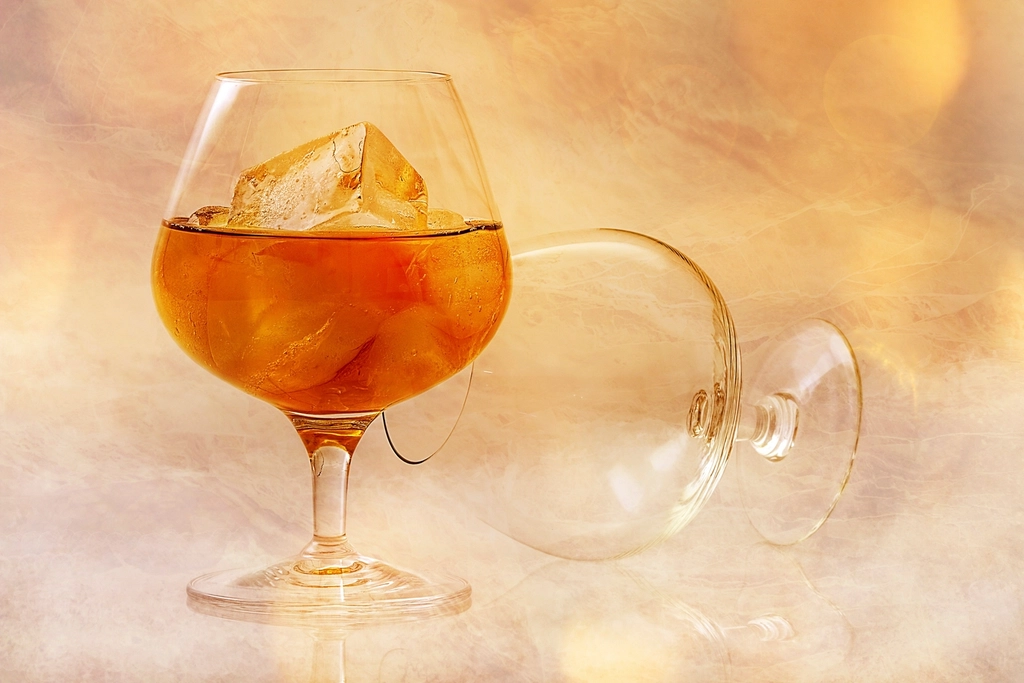
Brandy, a distilled spirit made primarily from grapes but also from other fruits, is produced in several key regions around the world. Each of these regions is renowned for its unique production methods and the distinctive flavors of the brandies it produces. Here’s a look at some of the prime regions known for crafting some of the world’s finest brandy:
1. Cognac, France
- Cognac is arguably the most famous brandy-producing region in the world. Located in southwestern France, the region is strictly regulated, with brandies classified into various quality grades such as VS (Very Special), VSOP (Very Superior Old Pale), and XO (Extra Old). Cognac is made using specific grape varieties, primarily Ugni Blanc, and is distilled twice in copper pot stills before aging in French oak barrels. This meticulous process ensures a smooth, complex brandy with rich, nuanced flavors.
2. Armagnac, France
- Armagnac is another prestigious brandy-producing region in France, located in the Gascony area. It is known for being the oldest brandy distilled in France, with a history dating back over 700 years. Unlike Cognac, Armagnac is typically distilled once using column stills, which results in a richer and more aromatic spirit. It often showcases bolder, more rustic flavors compared to the often more refined Cognac.
3. Jerez, Spain
- Jerez is famous for its sherry wines but also produces excellent brandies, particularly those labeled as “Brandy de Jerez.” The brandies here are aged using the solera system—a method that blends various vintages together gradually over time, ensuring consistency and complexity. Brandy de Jerez is known for its deep, smooth flavor profile with prominent notes of dried fruits, nuts, and spices.
4. Penedès, Spain
- The Penedès region, located in Catalonia, is another significant area for brandy production in Spain. Known primarily for its wines, this region also produces high-quality brandies that are aged in oak barrels for long periods, developing rich, concentrated flavors. Spanish brandies from Penedès often possess a distinctive character with a balance of sweetness and spice.
5. South Africa
- South Africa has a growing reputation for brandy production, particularly in areas like the Western Cape, which benefit from a Mediterranean climate ideal for growing grapes. South African brandies are typically made in the traditional pot still method and are known for their exceptional smoothness and depth of flavor, often with hints of the local flora.
6. United States (California)
- While not as historically tied to brandy as European regions, California in the United States has emerged as a significant producer of high-quality brandy. Utilizing the abundant grape resources and winemaking expertise, Californian brandies are crafted to high standards, often featuring bright fruit flavors with a sophisticated finish.
7. Germany and Austria
- These countries are known for their fruit brandies or ‘Obstler,’ made from a variety of fruits such as apples, pears, cherries, and apricots. The brandies here are often clear, emphasizing the pure flavor of the fruit, and are enjoyed for their crisp, fresh profiles.
Each of these regions brings its own traditions, techniques, and local flavors to brandy production, contributing to the rich diversity within the world of spirits. Whether sipping a smooth Cognac or enjoying the robust flavors of an Armagnac, the prime brandy-producing regions of the world offer something for every palate.
Kentucky Distilleries Making the World’s Finest Bourbons
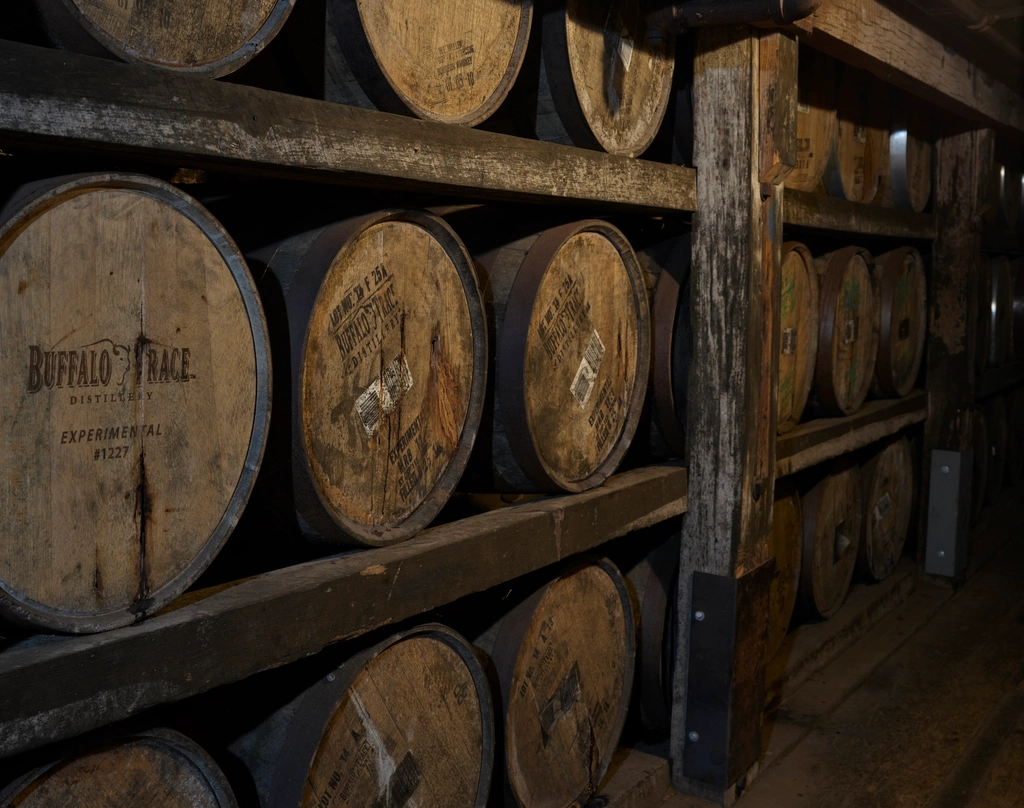
Kentucky is synonymous with bourbon, producing approximately 95% of the world’s supply, and is home to some of the most renowned distilleries in the industry. The state’s unique combination of natural resources—such as limestone-rich water, which is ideal for making whiskey—along with its seasonal climate variations provide the perfect conditions for aging bourbon. Here are some of the prime distilleries in Kentucky known for making some of the world’s finest bourbon:
1. Buffalo Trace Distillery
- Located in Frankfort, Buffalo Trace is one of the oldest continuously operating distilleries in America. It has a rich history of over 200 years and produces many highly acclaimed bourbons, including Buffalo Trace, Eagle Rare, and the antique collection series like George T. Stagg. The distillery is also known for its experimental approaches to whiskey-making, continually pushing the boundaries of bourbon production.
2. Maker’s Mark Distillery
- Nestled in Loretto, Kentucky, Maker’s Mark is famous for its distinctive red wax-sealed bottles and its rich, sweet flavor profile. Maker’s Mark maintains a tradition of handcrafting its bourbon using a family recipe with red winter wheat, rather than rye, for a softer taste. The distillery offers a unique visitor experience with opportunities to dip your own bottle in their signature wax.
3. Jim Beam Distillery
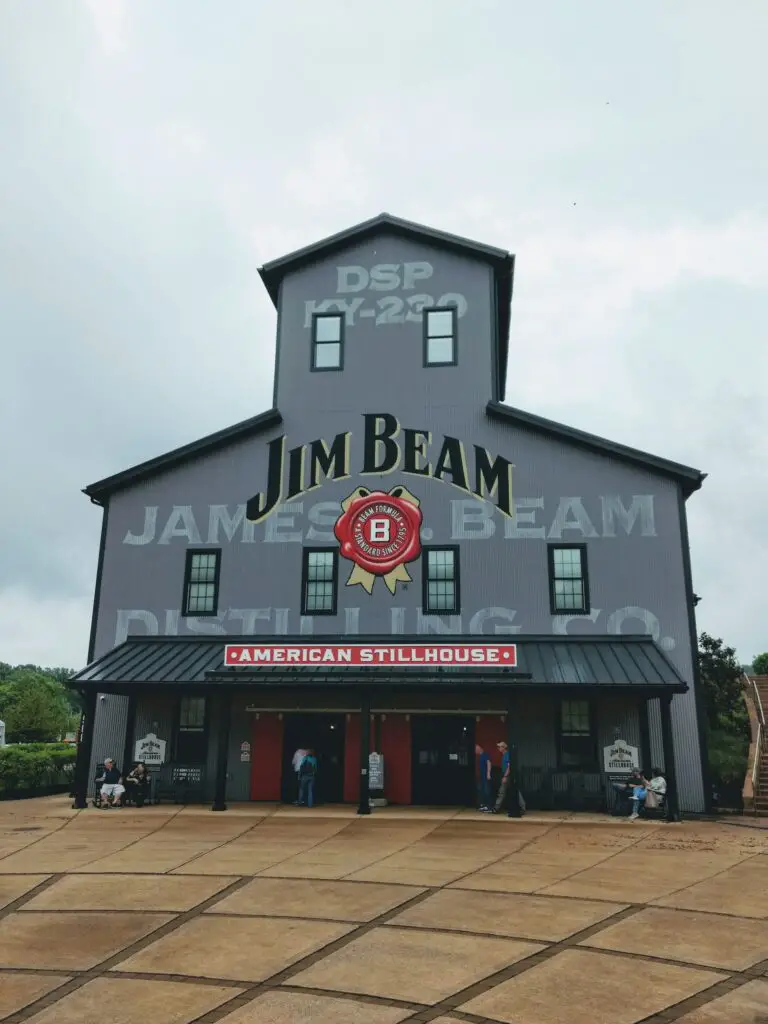
- As one of the best-selling bourbon brands in the world, Jim Beam, located in Clermont, has been a major player in Kentucky bourbon since 1795. Known for its classic Jim Beam White Label, the distillery also produces premium bourbons such as Knob Creek and Booker’s Bourbon, which are favorites among bourbon enthusiasts for their robust and full-bodied flavors.
4. Four Roses Distillery
- Situated in Lawrenceburg, Four Roses stands out for its unique approach to bourbon production. It utilizes two different mash bills and five proprietary yeast strains to produce ten distinct bourbon recipes, which are then mingled to create their products. Four Roses is lauded for its Single Barrel and Small Batch releases, offering complex and nuanced flavor profiles.
5. Woodford Reserve Distillery
- Located in Versailles, Woodford Reserve is known for its picturesque setting and historic buildings. It’s one of the smaller production operations but is revered for its innovative approach to crafting bourbon, including the use of pot stills and a long fermentation process. Woodford Reserve Distiller’s Select is a beautifully balanced bourbon, celebrated for its smooth, rich flavors that appeal to both novices and connoisseurs.
6. Wild Turkey Distillery
- Based in Lawrenceburg, Wild Turkey is famous for its bold and spicy bourbons, crafted under the watchful eye of Master Distiller Jimmy Russell, one of the industry’s longest-tenured distillers. Wild Turkey 101, known for its high rye content, offers a robust flavor profile that is both rich and deep, making it a staple for bourbon lovers.
7. Heaven Hill Distillery
- Located in Bardstown, Heaven Hill is the largest family-owned and operated distillery in Kentucky. It produces a range of well-respected brands, including Elijah Craig, which is often credited with discovering the method of aging bourbon in charred oak barrels, and Evan Williams, one of the best-selling bourbons in the U.S.
These distilleries not only contribute to the rich tradition of bourbon production in Kentucky but also offer a variety of tours and tasting experiences that help to educate the public about the art and science of bourbon making. Whether you’re a seasoned bourbon enthusiast or new to the spirit, visiting these distilleries provides a deeper appreciation for the craft and history behind Kentucky bourbon.
Consumer Perspective and Preferences
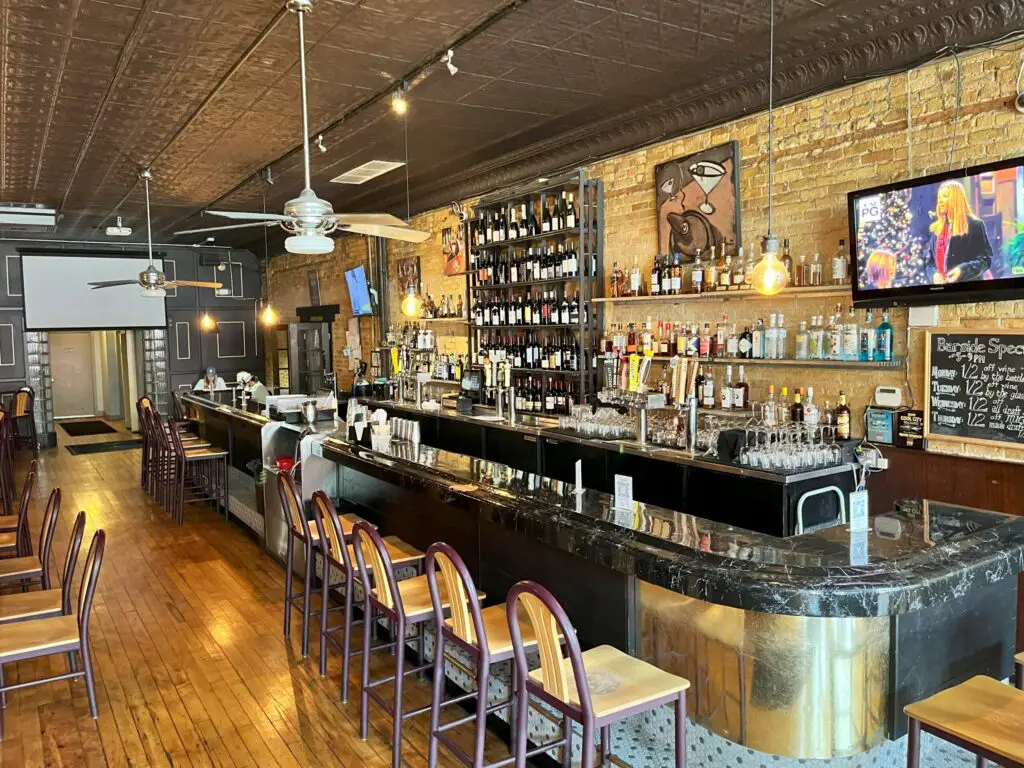
Choosing Between Brandy and Bourbon
Deciding whether to enjoy a glass of brandy or bourbon often comes down to personal preference and the occasion. For those new to either spirit, understanding your own taste preferences is key. If you enjoy sweeter, smoother spirits with complex but subtle fruit notes, brandy may be the right choice. Its versatility in cocktails or simply served neat or with ice makes it a delightful after-dinner drink.
On the other hand, if you prefer a bold, rich, and smoky flavor with a hint of sweetness, bourbon might suit your palate better. It’s particularly enjoyable in the colder months or as a robust base for cocktails like the classic Old Fashioned or a refreshing Mint Julep during the summer.
How to Taste and Appreciate
When tasting either spirit, consider the aroma first. Brandy often exudes a bouquet of floral and fruity notes, while bourbon offers a robust scent of vanilla, caramel, and wood. On the palate, let the spirit rest in your mouth for a moment to appreciate the full spectrum of flavors. For brandy, look for changes in flavor from the initial fruitiness to possible spicy or floral notes on the finish. With bourbon, notice the development from sweet caramel or vanilla to a warm, oaky, and sometimes peppery finish.
Cultural Significance
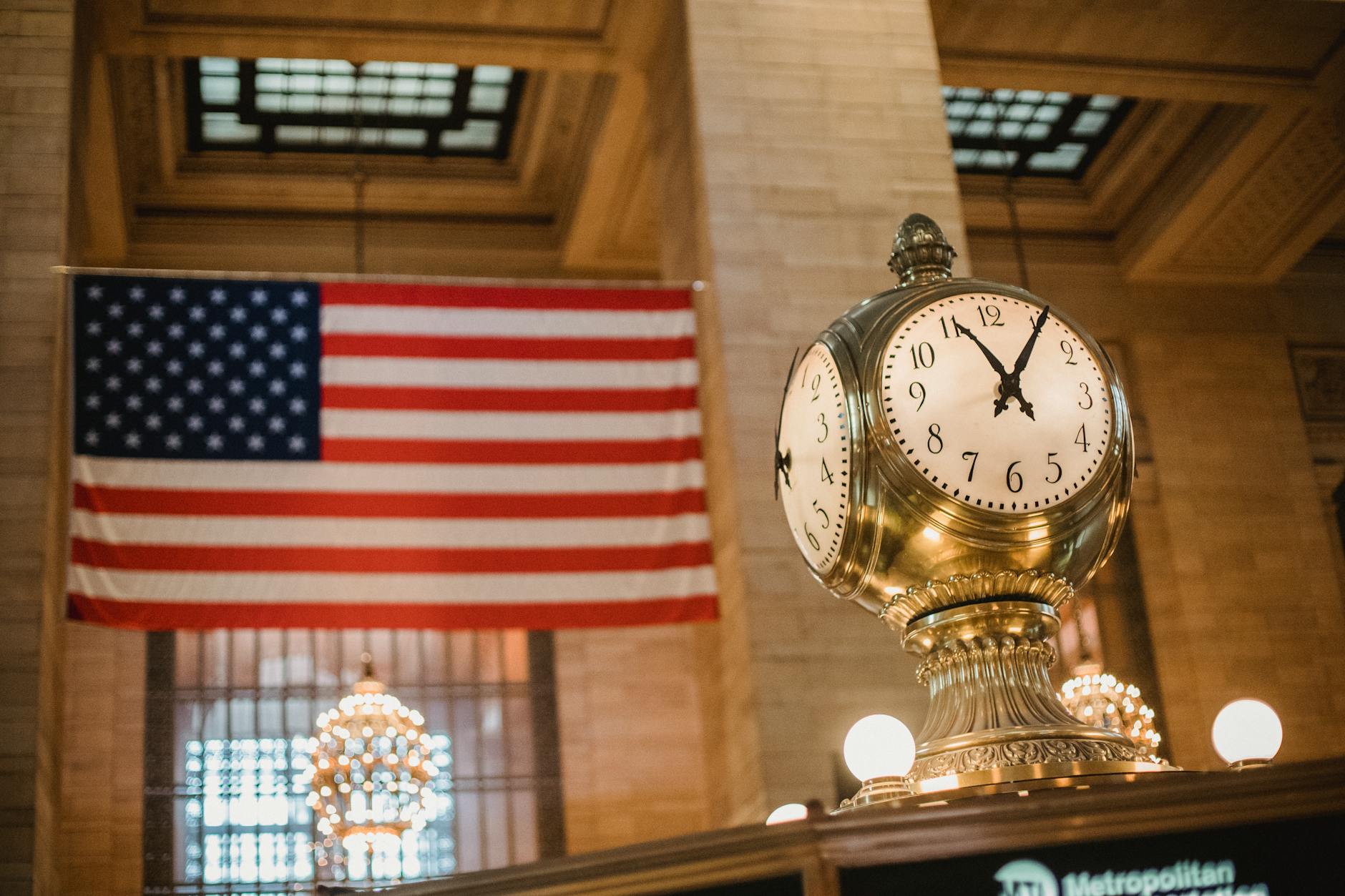
Brandy’s Role in Global Spirits
Brandy is revered in many cultures, particularly in Europe, where it has been produced for centuries. In France, brandy is not just an alcoholic beverage but a part of the cultural fabric, often enjoyed during celebrations or as a digestif. Brandy production in regions like Cognac is viewed as an art form, where generations of distillers pass down their intimate knowledge and refined techniques.
Bourbon: America’s Native Spirit
Bourbon, officially declared America’s Native Spirit by the United States Congress, carries a sense of American pride and craftsmanship. Its production is closely tied to American history, reflecting the innovation and spirit of the early settlers who first distilled surplus grains into whiskey. Today, bourbon is celebrated in festivals and dedicated tasting tours across Kentucky, drawing enthusiasts from around the globe to explore its rich heritage and distinctive flavor.
Final Thoughts About What is the Difference Between Brandy and Bourbon
Both brandy and bourbon offer unique flavors and histories that reflect their makers’ origins and craftsmanship. While they may differ in ingredients, production methods, and regional influences, both spirits are beloved for their ability to bring people together and provide warmth and complexity to any occasion.
As we explore the world of spirits next time, remember that there is no better way to truly appreciate these beverages than by tasting them yourself. Whether your preference leans towards the fruity and floral notes of brandy or the rich, smoky depths of bourbon, each sip offers a chance to travel through history and savor the artistry that goes into each bottle.

